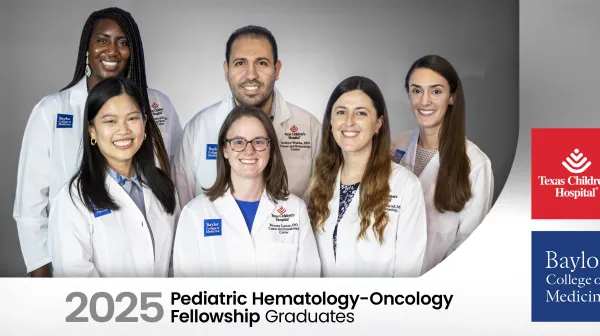Innovation, research and experience have made the Electrophysiology Program at Texas Children’s Hospital one of the leading facilities in the world for the diagnosis and treatment of arrhythmias in children and adults with congenital heart disease.
For the team, the vision is much more than successfully treating patients. It’s about “engaging life,” according to program director Jeffrey Kim, MD.
“Many times, patients, their families and even clinicians are hesitant for children with arrhythmia syndromes to be active, play sports and so on. We are big believers in helping kids and families engage life,” Dr. Kim said. “Our goal is to partner with families so kids can do the activities they love, safely.”
A legacy of firsts
Part of what enables children with arrhythmias to engage life fully is the innovative treatment they receive at Texas Children’s Heart Center, which is ranked No. 1 in Cardiology by U.S. News & World Report in its ranking of pediatric hospitals. That recognition is thanks, in part, to continually pushing forward on goals that impact patient outcomes.
For example, for the past 10 years, the program has worked to minimize radiation exposure during ablation procedures, in an effort to decrease related morbidities. Establishing protocols utilizing non-fluoroscopic mapping techniques to minimize radiation has resulted in a nearly 20-fold reduction in fluoroscopy times, with most procedures being performed with minimal radiation (<1 minute) over the past several years. In fact, the median fluoroscopic duration decreased from 9.5 minutes in 2013 to 0.11 minute in 2017. Today, that rate has held steady at 0.1 minute.
“More than 50% of cases are actually 0,” Dr. Kim added.
For cases with complex anatomy, such as infants, the program uses robotic magnetic navigation for ablation procedures, which enables physicians to be extremely precise. Texas Children’s was the first pediatric hospital in the country to offer the latest generation remote magnetic navigation platform.
“With the Stereotaxis system, we can more quickly and aggressively target and ablate abnormal electrical impulses in young children and patients with structurally complex anatomy,” Dr. Kim said.
To prepare for these complex procedures, the team has also used 3-D printers to create models of a patient’s anatomy in the presence of congenital heart disease. The models enable the team to see and feel inside the heart in advance of the procedure.
As one of the highest volume pediatric centers in the country for invasive electrophysiology studies and pacemaker/defibrillator implantations, the Heart Center was also one of the first centers to use leadless pacemakers, in an effort to eliminate some of the more common causes of traditional pacemaker complications. On average, Texas Children’s Heart Center implants 40 pacemakers and 25 defibrillators each year. The service also performs an average of 1,000 pacemaker and defibrillator interrogations annually. Almost half of those evaluations are completed using technology that allows patients to transmit information from their device at home via the internet or phone line. Many newer pacemakers and defibrillators have wireless technology that makes the process even easier for patients and their families.
What’s more, treatment extends well beyond the Houston area. Every other year, a team of physicians from the program travels to South America to provide lectures to their Argentina-based partners, and on occasion, helps perform ablations.
Research for tomorrow’s treatments
The team is also at the forefront of ongoing research to gain insight into the molecular mechanisms of arrhythmias and develop new diagnostic approaches and therapies. Among the many areas of active research include the use of anti-arrhythmic medications during pediatric resuscitation, factors impacting pacing-induced cardiomyopathy, developing strategies to increase utilization of exercise stress testing in the congenital population and cardiac rehabilitation and the role of exercise in arrhythmias.
“Our primary goal is to prevent sudden death,” Dr. Kim said. “We approach this goal through research, community engagement and education, and innovative treatment once a diagnosis has been made."
As part of the program’s commitment to furthering research and professional collaboration, Texas Children’s Hospital will host this year’s annual International SADS Foundation Conference, where international medical and scientific experts gather to share the latest research and updates in the field.
Learn more about the Electrophysiology Program at Texas Children’s Hospital.





